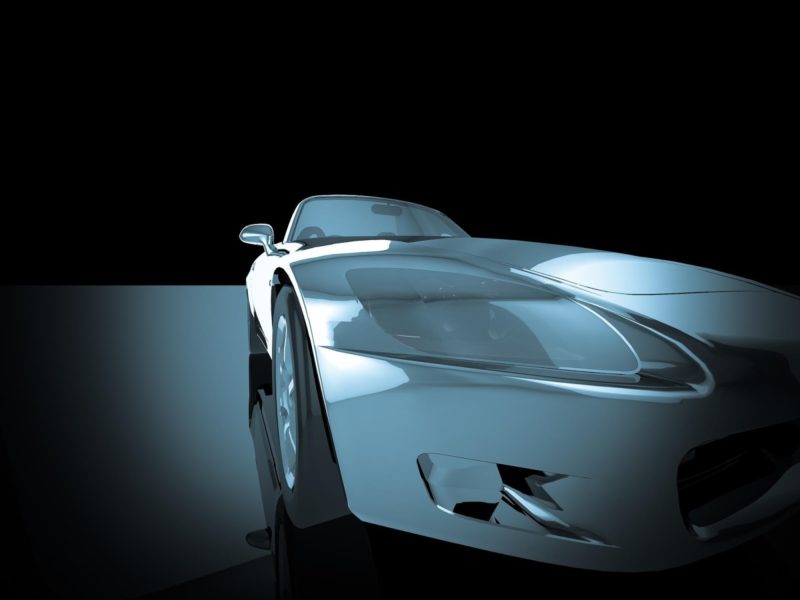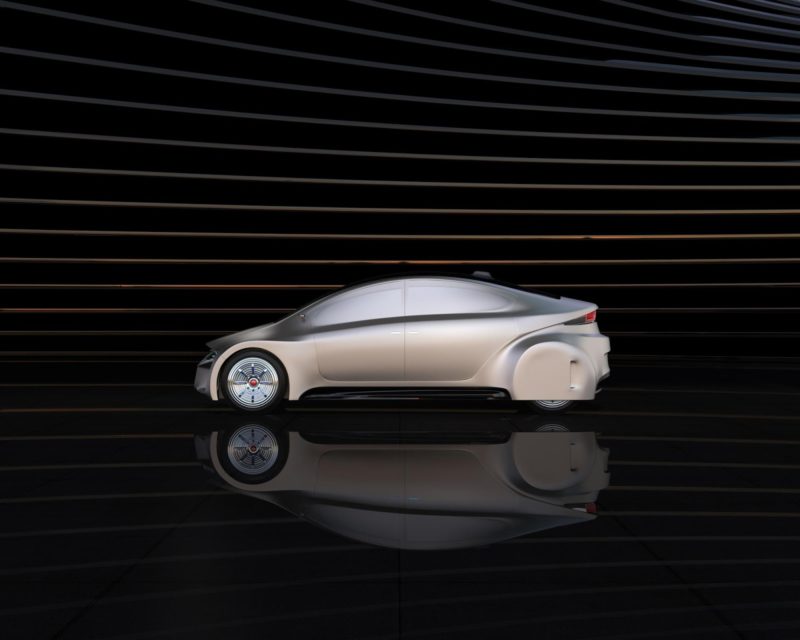The world is fast adopting 3D printing and the automotive industry is one of the most prominent frontrunners making use of this technology. Frequently compared to the Industrial Revolution, 3D printing enables much faster production processes with endless customization possibilities.
Major companies such as Ford, Volkswagen, Bugatti, BMW, and Volvo have already started using it to produce their prototypes and certain car parts. The market for 3D printing in the industry is expected to rise up to 576.5 million Euros by 2024 according to Frost and Sullivan.

But how exactly does 3D printing help create automotive vehicles? Keep on reading to discover how this revolutionary development is changing the face of the automotive industry.
How it Works
At a mass-production level, 3D printing requires large, industrial 3D printers to generate different car parts that can then be assembled to form the final product. As easy as it sounds, this process goes through a number of stages before the final product stands ready to drive.
The first step with automotive 3D printing is to create the design using Computer Aided Design (CAD) software. This software creates a three-dimensional model that will later be converted to an STL file which will be received by the printer and then produced. Once the form has been approved, manufacturers have to choose a production method.
Production Methods
Stereolithography
3D printing or additive printing, as it is often called, can be done using a number of different processes. The most commonly used method is stereolithography.
In this technique, the CAD file of the form to be printed is broken down into multiple horizontal layers, and the 3D printers follow this format. They print the desired object starting from the ground and building up layer by layer.
Selective Laser Sintering
Another technique favoured by the automotive industry is selective laser sintering. This method uses a high-powered laser to fuse the chosen material into the desired form. The material can range from ceramics, plastics, and metal to glass.

Why choose 3D printing?
3D printing in the automotive industry is getting increasingly popular which can be seen in the fact that 3 out of 4 major automotive companies in Germany and America have adopted it thanks to its many benefits. Some major advantages of 3D printing car parts includes:
Intricate car parts produced at a mass scale
3D printers make the impossible possible. Designers can watch their wildest designs come to life in front of their eyes.
HRE Wheels has produced the world’s first 3D printed wheels featuring complex patterns, and have reported a much lower material cost as the method is additive rather than subtractive (carving).

Less production time and lower costs
In 2015 Local Motors produced a 3D printed car in just 44 hours! Less production time leads to less operational costs.
Moreover, lighter materials such as plastics can now replace metal and glass which further brings down production costs.
Environmentally friendly
3D printers can bring to use a variety of recycled materials such as plastics, and repurpose them into brand new cars. Moreover, 3D printed vehicles with certain damaged parts can easily have their functioning parts recycled and adjusted into new ones.
Customization
3D printing is actively used to print out prototypes before moving them on to full-scale production. This might lead to car companies soon offer consumers to construct their own ideal vehicles.
Customization can help indirectly as well. For instance, BMW prints custom-made hand tools for the production staff, which are cheaper, lighter, and easier to make.New car technologies such as electric cars and automated cars are fast being adopted by car companies all over the world and additive printing is not far behind. However, currently this technology has not been fully utilized. 3D printing is done to produce only parts and fixtures that are then later assembled manually.

The limitations of 3D printing
The technology of additive printing has been around for decades and has significantly reduced in costs and increased in quality to become as accessible and useful as it is today. 3D printing has been used to create many objects from customized medical implants to entire houses.
In the automotive industry, many start-ups are looking to increase the role of 3D printing such as the Italian company XEV which is looking to completely mass print Low-Speed Electric Vehicles (LSEV). Local Motors has been producing a car and a bus using 3D printing since 2015. However, these vehicles are at most 90% 3D printed.
This may be due to the limitations of 3D printing such as them not being able to work with alloyed metals and certain other materials. Nonetheless, companies producing 3D printers are constantly upgrading and improving their machinery so that one day, fully 3D printed cars will become a common sight. As with all new automotive technologies, 3D printed cars will slowly but surely cement their place in the industry.